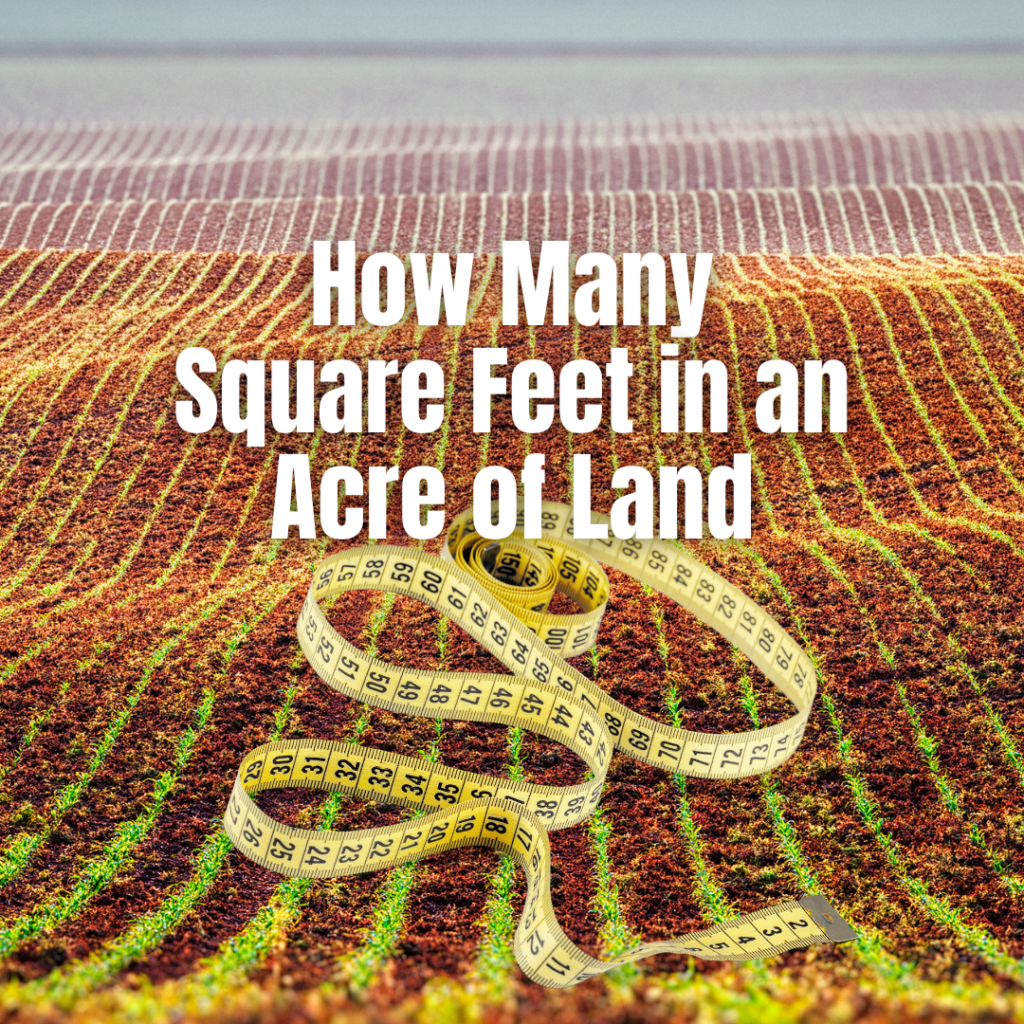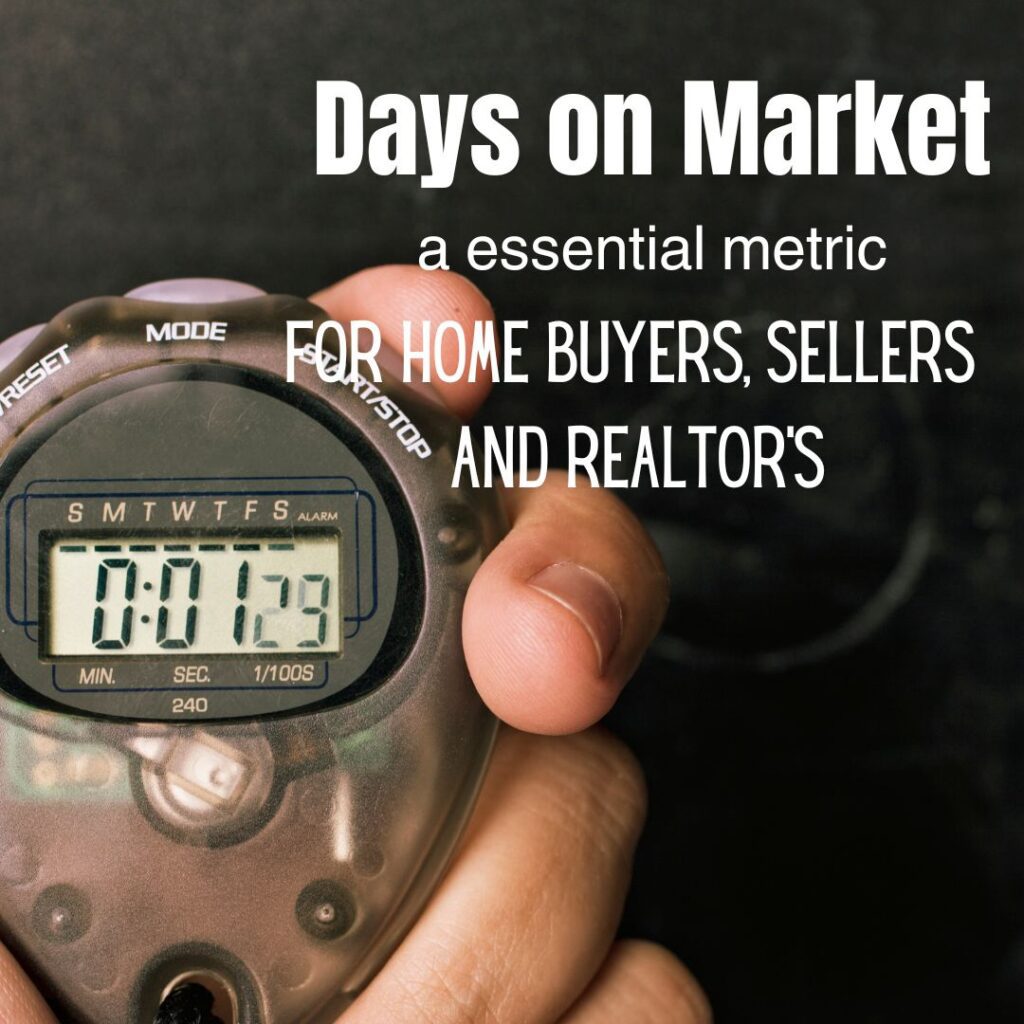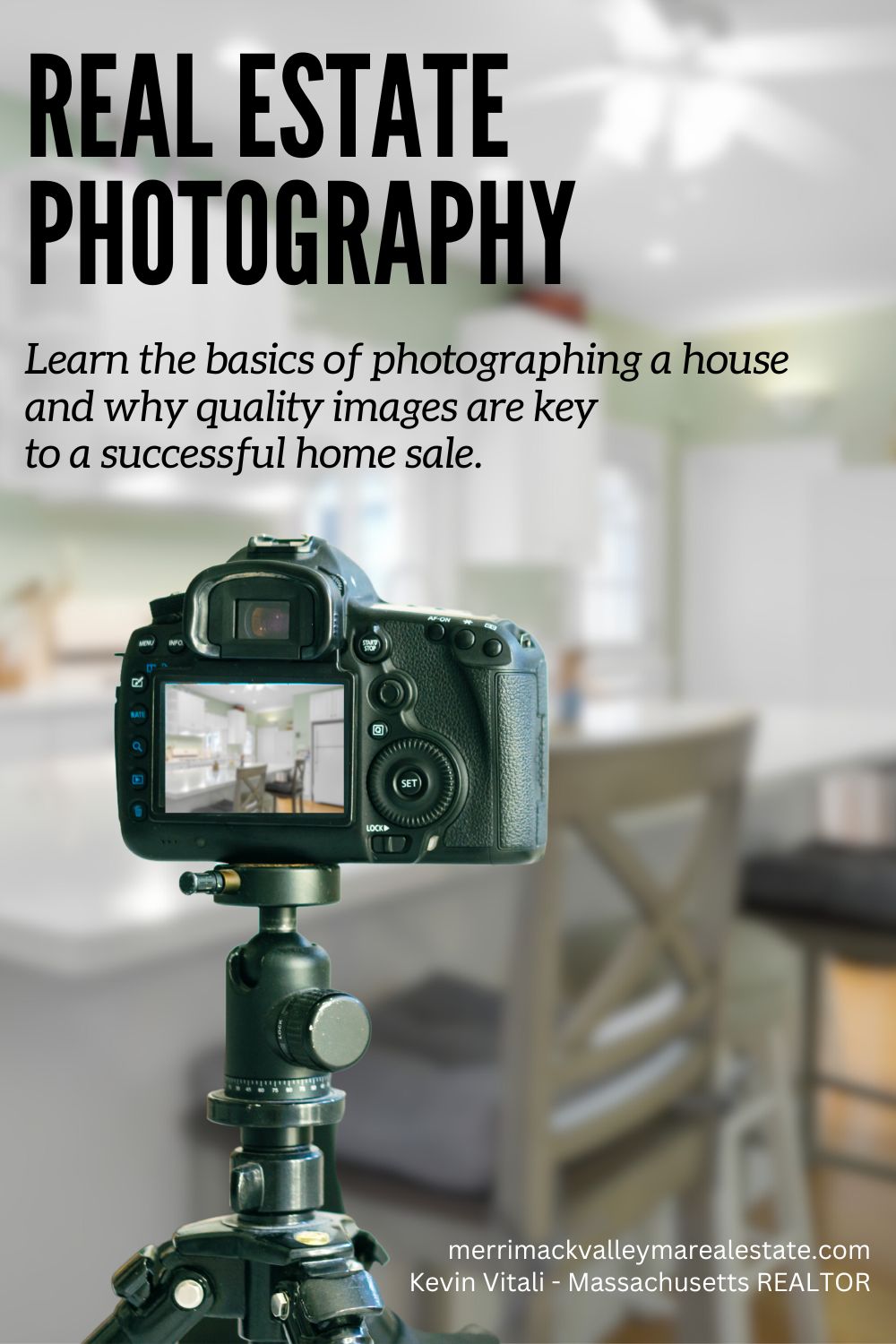 Real estate photography is a crucial step in the marketing of your home. After preparing your home for the market and pricing it correctly, providing stunning real estate photography plays the largest and most important role in presenting it to the buying public.
Real estate photography is a crucial step in the marketing of your home. After preparing your home for the market and pricing it correctly, providing stunning real estate photography plays the largest and most important role in presenting it to the buying public.
Your listing agent should be providing professional quality photography for your home. A top real estate agent should be able to provide professional results themselves or hire a professional real estate photographer. An agent using a cell phone to run through your house to take marketing photos quickly is underserving you and you will leave thousands of dollars on the table.
Make sure you see what your agent is providing for photography for your home and have them commit to hiring a professional real estate photographer.
I am writing this article from the perspective of being a commercial photographer and working for large regional and national corporations to do architectural and facility photography. When time is not an issue, I prefer to photograph my own listings, but also have a real estate photographer to take over when I am busy.
In this article, we will examine what creates great images and why real estate photography is important to selling your home and what the role of a real estate photographer plays.
Jump To A Section....
Love At First Sight: A Study Of Home Buyers Viewing Online Listings
Professor Seiler from Old Dominion University did a study. It tracked eye movement of viewers looking at homes for sale online. The study was summarized in a Wall Street Journal article. What was discovered?
- The curb appeal shot of the home (Front Exterior) was by far the most important. Viewers spent almost half their time viewing the first exterior shot of the home. Then deciding to investigate further or move on.
- From the first view of the house, you have seconds to catch a home buyer’s attention to get them to view additional photos and details.
- Time spent on additional real estate photos decreases drastically as they view more photos. This tells us the first several photographs are critical.
- The largest chuck of time spent looking at real estate photography than the details and, finally, the description.
The underlying take… Professor Seiler goes on to state that “Without an eye-catching photo, the battle is lost before it begins, you have to grab people’s attention within two seconds.”
Think of the first exterior view as a bill board.
Real Estate Photography Tips
When it comes to real estate, photography is at the crux of the marketing of your home. Taking compelling images will capture your home buyer’s attention online.
I always tell my sellers your first showings are online. You have seconds to catch a buyer’s attention to compel them to call and schedule a private showing.
- Pay attention to composition and framing. Ensure that the property is showcased in its best light by carefully considering the placement of elements within the frame.
- Take advantage of natural lighting whenever possible. Schedule your shoots during daylight hours to capture well-lit interiors and exteriors. If necessary, utilize additional lighting equipment to enhance the ambiance.
- Highlight the key features and details of the property. Showcase unique selling points that make the property stand out, such as architectural details, spacious rooms, or scenic views.
- Consider using different angles and perspectives to add depth and variety to your images. Experiment with shooting from low angles, high angles, and capturing wide-angle shots to provide a comprehensive view of the property.
- Pay attention to post-processing and editing. Use editing software to enhance the images’ colors, contrast, and sharpness while maintaining a natural and realistic look.
- Collaborate with real estate agents and property owners to ensure their vision is captured effectively. Communicate with them to understand their goals and requirements for the photography session.
By implementing these tips, you can create impactful real estate photographs highlighting each property’s unique features and appeal, ultimately increasing its marketability.

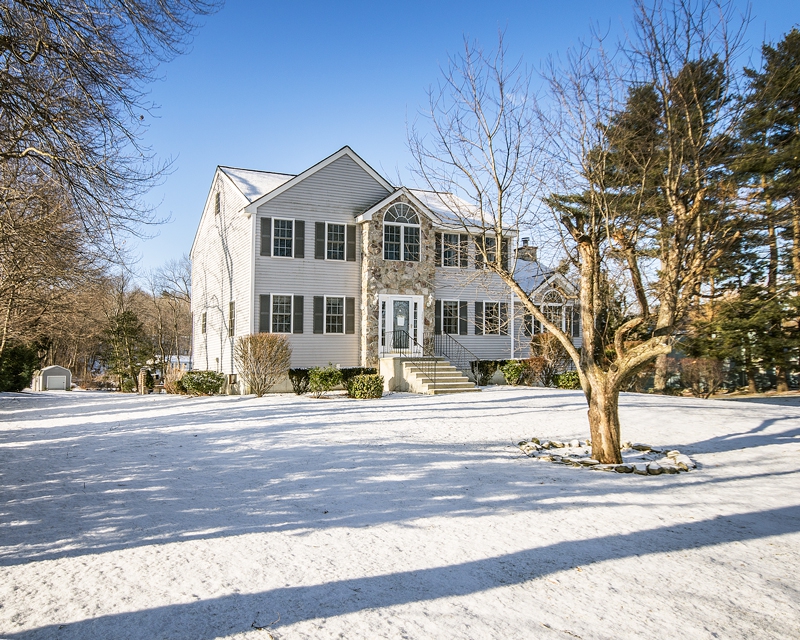
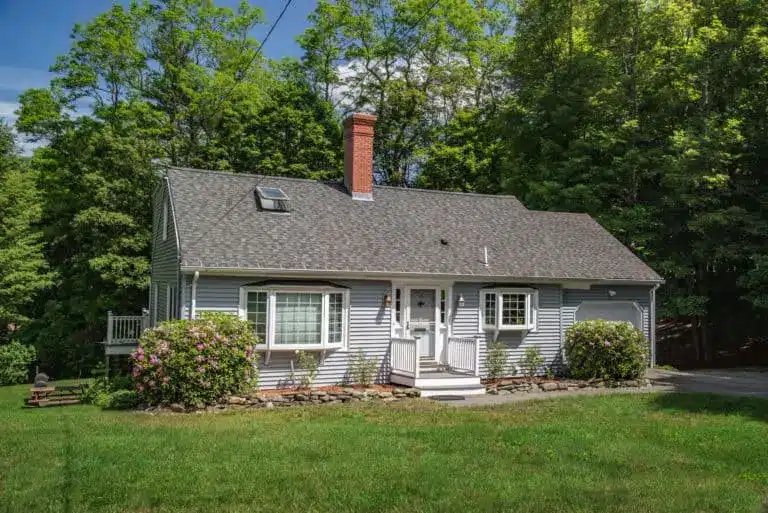
Love At First Sight: A Study Of Home Buyers Viewing Online Listings
Professor Seiler from Old Dominion University did a study. It tracked eye movement of viewers looking at homes for sale online. The study was summarized in a Wall Street Journal article. What was discovered?
- The curb appeal shot of the home (Front Exterior) was by far the most important. Viewers spent almost half their time viewing the first exterior shot of the home. Then deciding to investigate further or move on.
- From the first view of the house, you have seconds to catch a home buyer’s attention to get them to view additional photos and details.
- Time spent on additional real estate photos decreases drastically as they view more photos. This tells us the first several photographs are critical.
- The largest chuck of time spent looking at real estate photography than the details and, finally, the description.
The underlying take… Professor Seiler goes on to state that “Without an eye-catching photo, the battle is lost before it begins, you have to grab people’s attention within two seconds.”
Think of the first exterior view as a bill board.
Real Estate Photography Is the Center of Your Homes Marketing
Marketing your home and reaching buyers is all about the photos. Your home is first marketed through your local Multiple Listing Service and delivered to thousands of real estate agents and home buyers immediately.
Beyond the MLS, your home is marketed on national sites like REALTOR.com, Zillow, and agency websites. The buyer’s first look exposure is the photos, and only if they like it do they consider the details of the home.
After your home is entered into the MLS and fed to all the big sites, the photos of your home are used in brochures, postcards, and social media marketing. Remember a picture is worth a thousand words.
The Role The “Beauty Shot” Has in Real Estate Photography
The single most important view of your home is the beauty shot or the exterior of your home. This is the make-or-break moment for most home buyers.
The beauty shot is the front exterior shot which is the first view of the home a buyer sees. It must be visually appealing to compel the buyer to investigate your home further.
It should be well-lit with full sunlight in the early morning or late afternoon and have a bright blue sky. And should be framed in a way where you show the entire front of the home and catch about 10 to 15 percent of the side (preferably in shadow) to show depth.
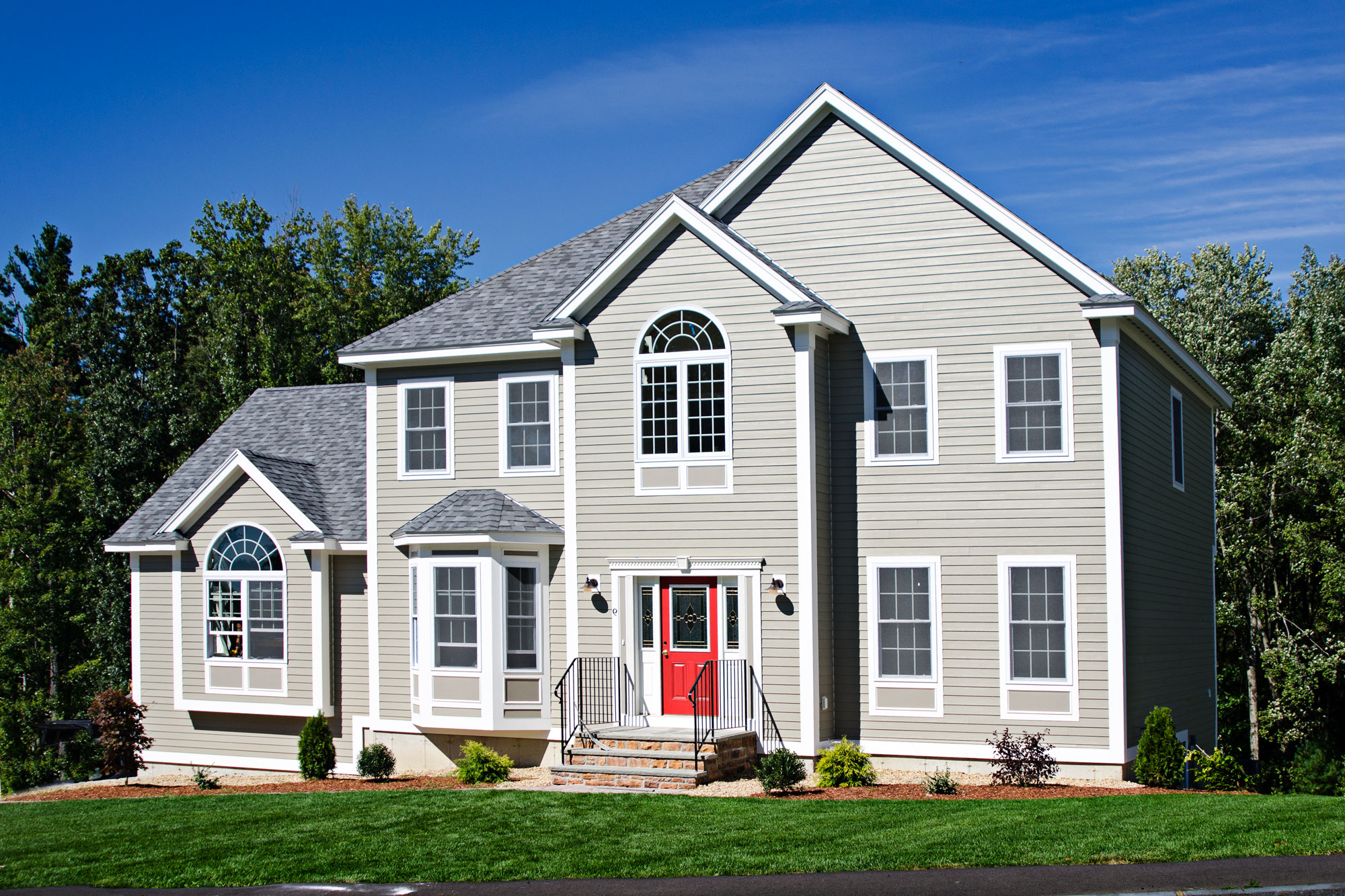
The Order Of Your Homes Photos
The order in which you show your home’s photographs is an important aspect of marketing your home. You only have moments to capture a buyer’s attention.
In tracking the views of a home, I can tell you that the first few photographs get the most views and then fall off drastically.
Start with the front exterior view. If not, buyers will wonder why its not shown and what is wrong with the house.
Follow up with the “money shots” of the home. The money shots are typically family rooms, kitchens or living rooms. The most compelling shots should be in position right behind the beauty shot.
Homes that are front-ended with 10 shots of the yard or show some random shot of the basement will lose the buyers. Give them a taste of the essence of your home.

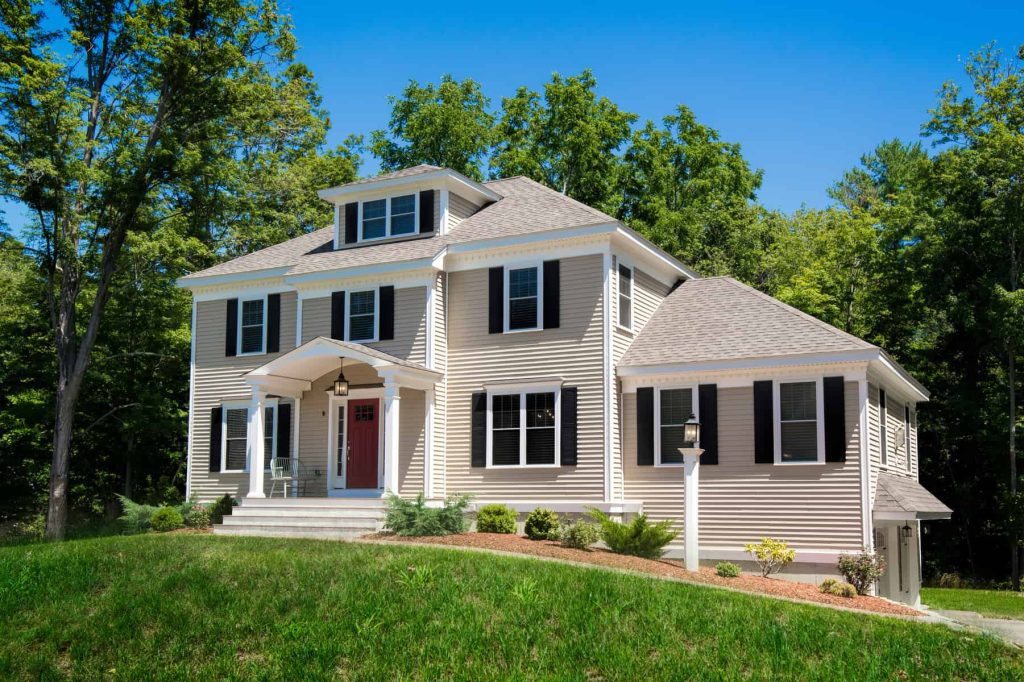
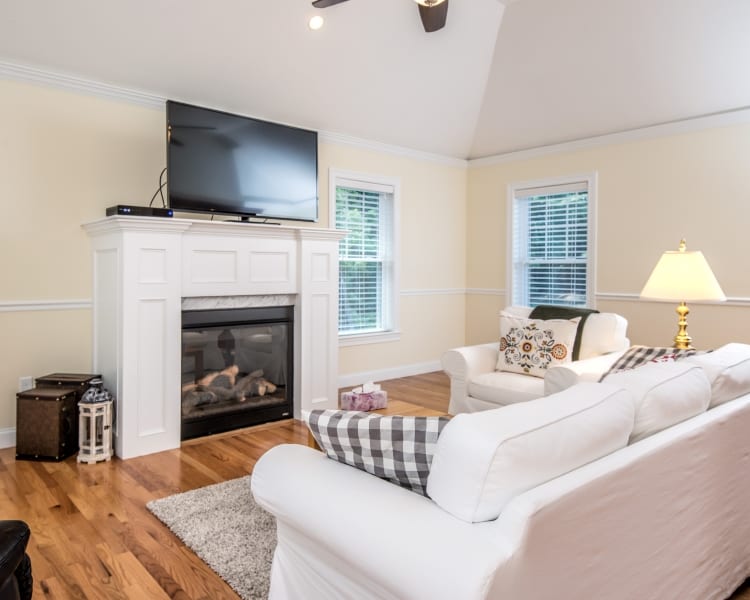
 Preparing the Property for a Photo Shoot
Preparing the Property for a Photo Shoot
Before any photo shoot, the property is in its best possible state to showcase its true potential.
Don’t rush a listing market. Make sure the home is prepared, staged and ready to show. A property should be in show-ready condition before the photo day. Here are some best practices for preparing the property:
- Declutter and clean the space to create a visually appealing environment.
- Remove personal items and excessive decorations to allow potential buyers to envision themselves in the space.
- Stage the rooms strategically to highlight their functionality and appeal.
- Prioritize natural lighting by opening curtains and blinds to create a bright and welcoming atmosphere.
Beyond Still Images
Real Estate photography can go beyond still images and aerial photography, incorporating video walkthroughs, neighborhood highlights, 3d models and more.
Bringing in different imagery to highlight your home increases its appeal. And you never know what a buyer will respond to.

Understanding Real Estate Photography
To grasp the essence of real estate photography, let’s delve into various aspects that define this specialized field.
What Is Real Estate Photography?
Real estate photography is the art and practice of capturing visually appealing images of properties for marketing and promotional purposes.
It involves highlighting a property’s key features and unique aspects, showcasing it in the best possible light to attract potential buyers or renters.
The Importance of Real Estate Photography
Real estate photography is crucial in the real estate industry, serving as the first impression for potential buyers and renters.
High-quality, captivating images grab attention and evoke emotions and create a desire to explore the property further and hopefully the buyers will want to schedule a personal showing. It helps properties stand out among the competition and can significantly impact the decision-making process of potential clients.
Benefits of Hiring a Professional Real Estate Photographer
- Expertise: Professional real estate photographers possess the necessary skills and knowledge to capture a property’s essence effectively.
- Showcasing Property: They understand how to showcase its best features and create visually appealing compositions.
- Quality Equipment: Professionals use high-quality cameras, lenses, and lighting to capture sharp and vibrant images.
- Time and Efficiency: Hiring a professional photographer allows real estate agents and property owners to focus on their core responsibilities, while leaving the photography to the experts.
- Consistent Results: Professionals ensure consistent quality throughout the photoshoot, maintaining a standardized level of excellence.
Real Estate Photography vs. Other Types of Photography
Real estate photography presents unique challenges compared to other genres. While it shares some similarities with architectural and interior photography, its primary focus is to capture spaces in a way that entices potential buyers.
The shelf life of real estate photography is limited. It only lasts the life of the listing, maybe months at best.
Real estate photographers must understand the real estate market dynamics and the specific requirements for showcasing properties effectively. The final results need to be delivered quickly and cost-effectively.
Essential Equipment for Real Estate Photography
When it comes to real estate photography, having the right equipment is crucial for capturing high-quality images that showcase properties effectively. Here are the essential tools you need:
Cameras for Real Estate Photography
A reliable digital camera with manual settings is a must-have for real estate photography.
Look for a camera with a high resolution, full-frame sensor, and good low-light performance. My personal go to set up is a Nikon Z6ll mirrorless camera and a Tamron 15-30 wide angle zoom.
This lets you capture sharp, detailed images, even in challenging lighting conditions.
Best Lenses for Real Estate Photography
Investing in various lenses will help you capture different perspectives and compositions. Wide-angle lenses, such as a 14-24mm or 16-35mm, are popular choices as they allow you to capture more of the room in a single frame. Additional lenses can highlight specific details and create a compressed perspective.
Using Drones for Real Estate Photography
Drones have become increasingly popular in real estate photography, offering a unique aerial perspective of properties.
Ensure you comply with local regulations and obtain any necessary permits before using drones for commercial purposes. Look for a drone with a high-resolution camera and stabilization features for capturing stunning aerial shots.
As your local real estate agent, I have my commercial drone license and can create unique views where ever possible.
Additional Equipment for Real Estate Photography
- A sturdy tripod: A tripod is essential for keeping your camera steady and eliminating any blurriness, particularly in low-light situations or when using slower shutter speeds.
- External flash or lighting equipment: Additional lighting equipment can help you achieve balanced lighting, especially in darker rooms or challenging lighting environments.
- Remote shutter release: A remote shutter release allows you to capture images without physically touching the camera, reducing the risk of camera shake.
- Wide-angle lens attachment for smartphones: If you’re using your smartphone for real estate photography, consider investing in a wide-angle lens attachment for capturing wider shots.
- Camera bag and accessories: Transporting and protecting your equipment is essential, so invest in a sturdy camera bag or case that can hold all your gear.
Having the right equipment ensures you can capture stunning images that effectively showcase properties and attract potential buyers. Remember to invest in quality equipment and regularly maintain and upgrade your gear as needed to stay at the forefront of real estate photography.
Effective Techniques for Real Estate Photography
When it comes to real estate photography, employing effective techniques can make a significant difference in capturing the essence and attractiveness of a property. Here are some key aspects to consider:
Composition and Framing Tips
- Utilize the rule of thirds to create visually appealing compositions.
- Highlight the property’s best features by carefully framing the shots.
- Consider using leading lines to guide the viewer’s eye through the image.
- Vary your angles and perspectives to showcase different aspects of the property.
Lighting Considerations for Real Estate Photography
Proper lighting can significantly enhance the overall appeal of real estate photos. Take note of the following:
- Shoot during the golden hour for warm and flattering natural light.
- Avoid harsh shadows by diffusing or bouncing artificial lighting sources.
- Use HDR techniques to balance exposure in challenging lighting situations.
- Consider using supplemental lighting to illuminate darker areas of the property.
Shooting Interior Spaces
Interior spaces play a crucial role in real estate photography. Follow these guidelines for capturing stunning interior shots:
- Declutter and stage the space to create a clean and inviting environment.
- Use wider lenses to capture more of the room and create a sense of spaciousness. Best focal lengths for real estate photography are between 21mm and 24 mm.
- Provide an accurate representation of the room.
- Aim to convey a sense of natural flow and highlight unique architectural details.
- Utilize appropriate white balance settings to showcase accurate color tones.
Shooting Exterior Spaces
Exterior shots are vital for showcasing a property’s curb appeal and surroundings. Consider the following tips:
- Capture exterior images during optimal lighting conditions.
- Showcase the landscape and outdoor amenities to attract potential buyers.
- Consider using aerial photography or drones to provide a unique perspective.
- Frame the shot to emphasize the property’s best exterior features.
Capturing Details and Key Features
- Focus on capturing key features that differentiate the property from others.
- Highlight architectural details, unique finishes, or special amenities.
- Pay attention to staging details such as fresh flowers or strategically placed props.
- Utilize macro photography techniques to showcase intricate elements.
By implementing these effective techniques, real estate photographers can create captivating images that truly reflect the essence and appeal of the properties they capture.
Editing and Enhancing Real Estate Photos
Surprisingly capturing the right image right from the camera is rare. Editing with Adobe Photoshop or a similar program is a necessity.
Applying various techniques and avoiding common mistakes can make your images stand out and attract potential buyers. This section covers basic editing techniques, virtual staging and photo enhancement, and common mistakes to avoid in editing real estate photos.
Basic Editing Techniques
- Adjusting exposure, brightness, and contrast to ensure optimal image quality
- HDR Photography
- Perspective correction; keeping horizontal lines horizontal and vertical lines vertical
- Cropping and straightening images for better composition
- Removing blemishes and distractions to create a clean and appealing look
- Enhancing colors and saturation to make the property visually appealing
- Applying sharpening techniques to bring out important details
Virtual Staging and Photo Enhancement
In some cases, virtual staging can be a powerful tool to showcase the potential of a property. By digitally adding furniture and decor to empty rooms, you can help buyers envision the space’s possibilities. Additionally, photo enhancement techniques such as virtual twilight conversion or sky replacement can add a touch of magic to your images, creating a more inviting atmosphere.
By mastering these editing techniques, leveraging virtual staging when appropriate, and avoiding common mistakes, your real estate photos will have a polished and professional look, increasing their effectiveness in attracting potential buyers.
The For Sale By Owner (FSBO) And Real Estate Photography
A FSBO seller will have to spend some money on marketing just like a real estate agent. If you are selling your house on your own and marketing it online, do yourself a favor and get professional real estate photos of your home.
Often a FSBO falls short on properly marketing their home and getting lots of exposure. The few hundred dollars you spend will be worth it.
Future Trends and Innovations in Real Estate Photography
Real estate photography continues to evolve with technological advancements and changing consumer preferences. When I first started in the business many agents were still using film cameras to provide photography for homes for sale.
Staying up-to-date with emerging trends and innovations is crucial for photographers looking to thrive in this dynamic industry. Let’s explore some key areas shaping real estate photography’s future.
Emerging Technologies and Tools for Real Estate Photography
New technologies and tools are revolutionizing the way real estate photography is approached. From improved camera sensors and lenses to advanced editing software, photographers have access to a wide range of innovative solutions. Additionally, specialized equipment such as 360-degree cameras and virtual reality (VR) devices are becoming increasingly popular, allowing for immersive property tours and unique visual experiences.
Incorporating Virtual Reality and 3D Tours
Virtual reality and 3D tours have become game-changers in the real estate industry. By utilizing VR technology, potential buyers can explore properties remotely and get a realistic sense of space and ambiance. This immersive experience enhances the decision-making process and saves time for both buyers and sellers. Real estate photographers are embracing this trend by capturing high-quality 3D scans and creating interactive virtual tours.
The Impact of AI and Automation on Real Estate Photography
Artificial intelligence (AI) and automation are transforming various aspects of real estate photography. AI-powered software can automatically enhance images, remove imperfections, and even stage properties virtually. This streamlines the editing process and ensures consistent quality across many photos. Additionally, automation tools simplify repetitive tasks like scheduling, invoicing, and client management, allowing photographers to focus more on their craft.
Adapting to Changing Consumer Preferences and Market Demands
Consumer preferences and market demands play a significant role in shaping the future of real estate photography. As technology advances, buyers expect high-quality visuals showcasing every property detail. Professional real estate photography is becoming more mainstream, with up to 50% of the homes for sale having a professional photographer providing high-quality imagery of a home.
This includes static images, videos, aerial shots, and immersive experiences. Photographers must adapt to these changing preferences by acquiring the necessary skills, equipment, and knowledge to meet client expectations and stand out in a competitive market.
Real Estate Photography And Selling Your Home
We have discussed the various aspects of real estate photography. What it is, how its done and the importance of quality professional photographs when selling your home.
It can reap you thousand if not tens of thousands of dollars more over a home that isn’t professionally photographed. It doesn’t do any good to hire a “top listing agent” or your nephew Johnny as your listing agent if they their cell phone to take your homes marketing photos.
Get a commitment from our agent to have quality professional real estate photography of your home. It is one of the most important aspects of marketing your home.
If you want to discuss how to best market your home with real estate photography, drone imagery and video, please reach out!

Author Bio
Kevin Vitali is a Massachusetts REALTOR out of Haverhill MA that serves Essex County and Northern Middlesex County in Massachusetts. If you want to buy or sell a home, let me use my years of experience to get you the best possible outcome.
Feel free to contact me to discuss any upcoming moves. I am always happy to answer your questions
Call 978-360-0422 Email kevin@kevinvitali.com
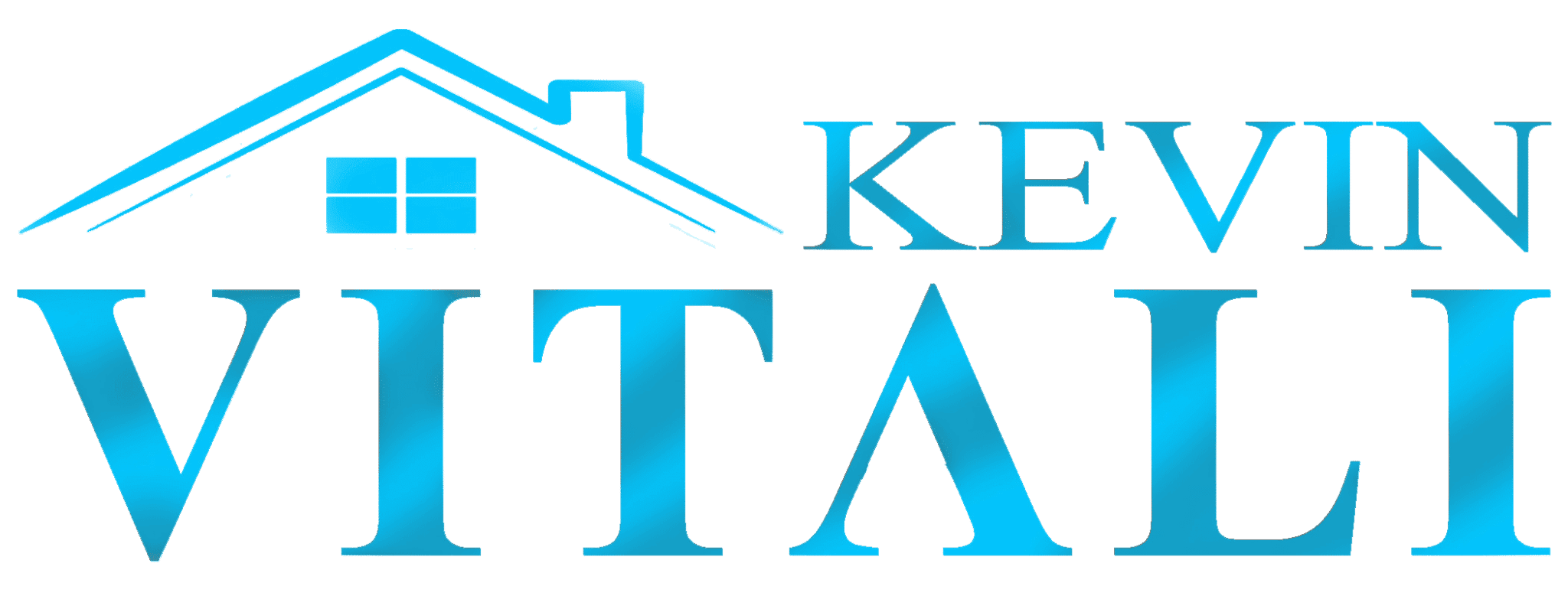
 Preparing the Property for a Photo Shoot
Preparing the Property for a Photo Shoot
